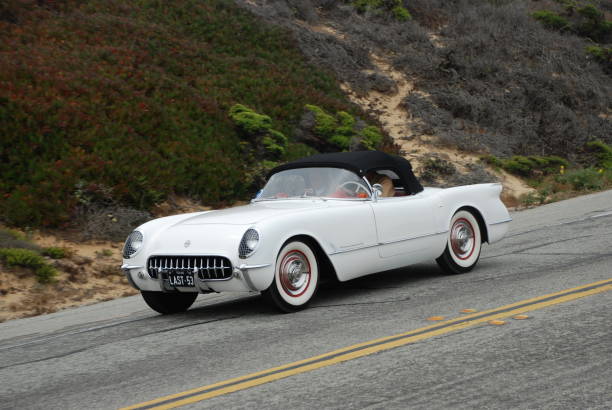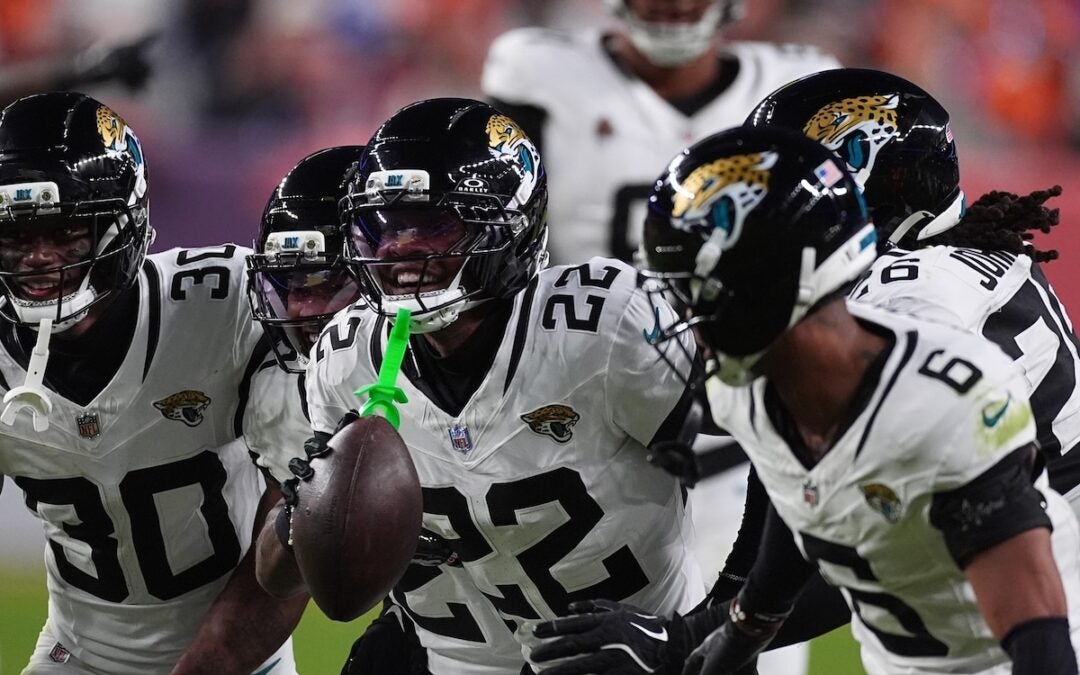Once upon a time, in a world long ago, people would “trade up” their transportation every two years for a shiny new model and auto dealers would do everything in their power to drive in the foot traffic.
Dealerships would grill out hot dogs and hamburgers, hire clowns to make balloon animals and offer pony rides for the kids. However, the thing that really attracted the crowds were the ‘halo’ cars proudly displayed in the showroom.
What are halo cars?
Halo cars are different from concept cars, in that, while they were never really intended to be mass produced, they were available for sale to the general public.
The first modern halo car was the 1953 Chevrolet Corvette, a car that, remarkably, hasn’t changed that much in 70 years of production.
At the time, no major American manufacturer produced a proper “sports” car like the ones being built in Europe. The overwhelming majority of Americans wanted their big, gas guzzling, bench-seat boulevard rides.
Just mainly for bragging rights, Chevrolet hand-built 300 Harley Earl designed fiberglass-bodied roadsters and sent them to dealerships across the nation. The cars were completely impractical on all levels. One little dent on the quarter panel would require almost the entire body be replaced, the vehicle literally had no trunk and with 150 horsepower that took 11.5 seconds to reach 60 mph, it really didn’t offer that much in the way of performance.
However, crowds would come from far and wide to get a gander at this new machine and would most often end up leaving with something more practical, such as a loaded Bel Air. Of course, at a base listing price of $3,498, the Corvette also became a symbol of the male mid-life crisis.
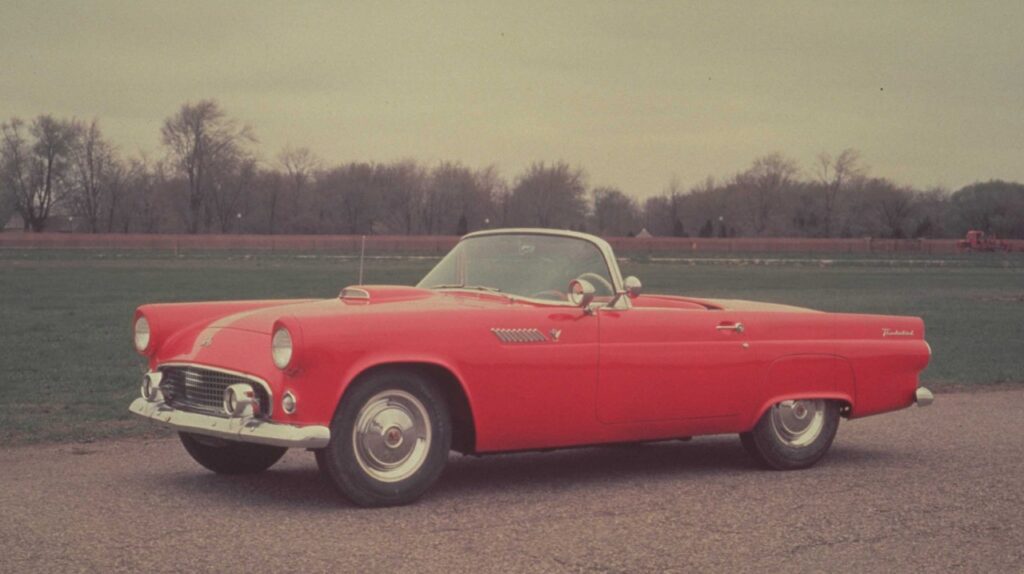
Ford responds with the Thunderbird
Not to be outdone, the next year, Ford introduced the Thunderbird, which was also a two-seater. Rather than tout the T-Bird as a performance car, Ford added every bell and whistle at its disposal and called the car a “personal luxury vehicle.”
While the Corvette hasn’t changed all that much over the years, aside from gaining true performance, the first years of T-Bird sales were so good that Ford decided to give the car some practicality and added a back seat.
Sadly, Ford would pack on the pounds of its halo car until it looked pretty much like every other big, bloated malaise era automobile and when the company tried to bring it back to halo status in the early 2000s, the marque flopped and Ford ended production after 51 years.
Nissan and Honda join the halo car trend
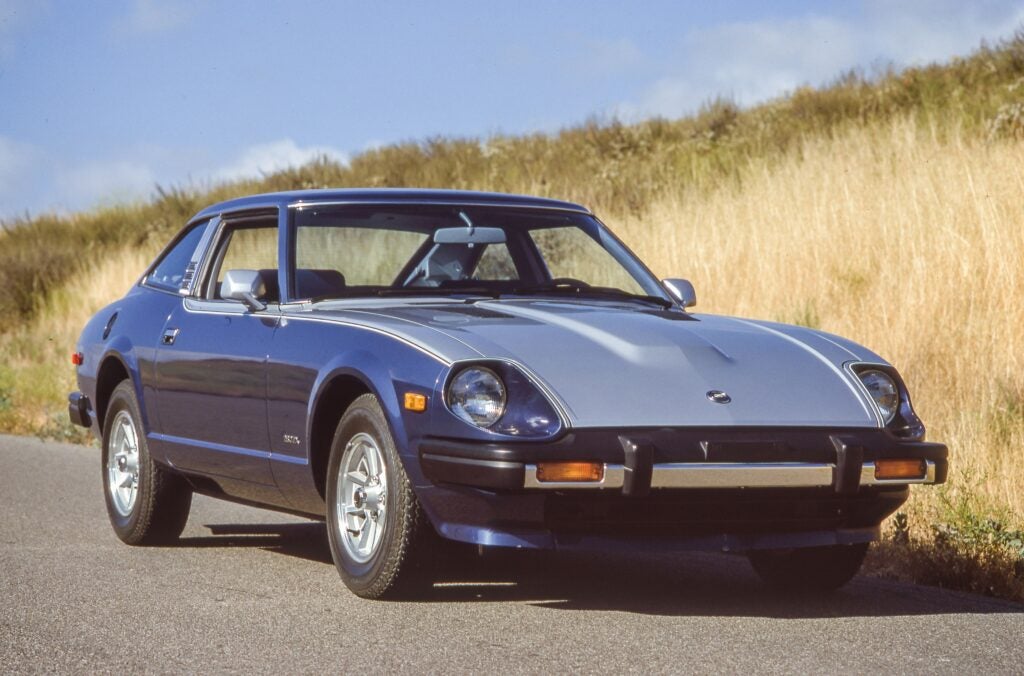
In the 1970s, Japanese automaker Datsun (Nissan) had trouble breaking into the American market until they tried the halo approach and introduced the 280Z. Again, people swarmed the showrooms to get an up close look at the new vehicle and that gave the salesmen the opportunity to show that their other vehicles were not just rickety, boxy, front-engine Volkswagen knock-offs.
Honda took a similar approach when it launched Acura. In those days, Japanese cars, no matter the build quality, simply were not considered luxury brands at all; however, the NSX model changed all of that.
The NSX looked like it belonged on a Formula 1 racetrack and had the plushest interior imaginable. The car was totally impractical as a daily driver, but its presence in the showroom invited foot traffic.
Not all halo cars reached their desired ends and only inspired dread rather than awe.
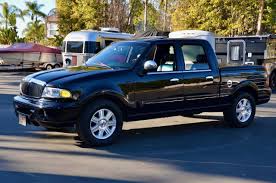
Other versions of the Halo car
In 2001, Lincoln unveiled the Blackwood and marketed it as a halo. The vehicle was basically a Ford F-150 with a doubled cab and shortened cargo bed. If that wasn’t bad enough, the bed was carpeted and came with a “clamshell” lid; in other words, Lincoln released an over-the-top expensive pick-up that did none of the things a pick-up is supposed to do.
The Blackwood would only last for one model year.
Chrysler has also introduced some tarnished halos over the years as well, but probably the very worst was the Chrysler TC by Maserati. In fact, the car was a bit like the lyrics of the Johnny Cash classic “One piece at a time.”
Chrysler quite literally scavenged for parts from several continents and the result was an uninspiring, mishmash disaster.
The TC nameplate was “turbo-convertible” shortened, but after the first several months, none of the cars were available with a turbo option. Built on the K-Car platform, it had an overall Maserati designed body and an insipid 3.0 liter Mitsubishi engine under the hood, pumping out only 140 horsepower.
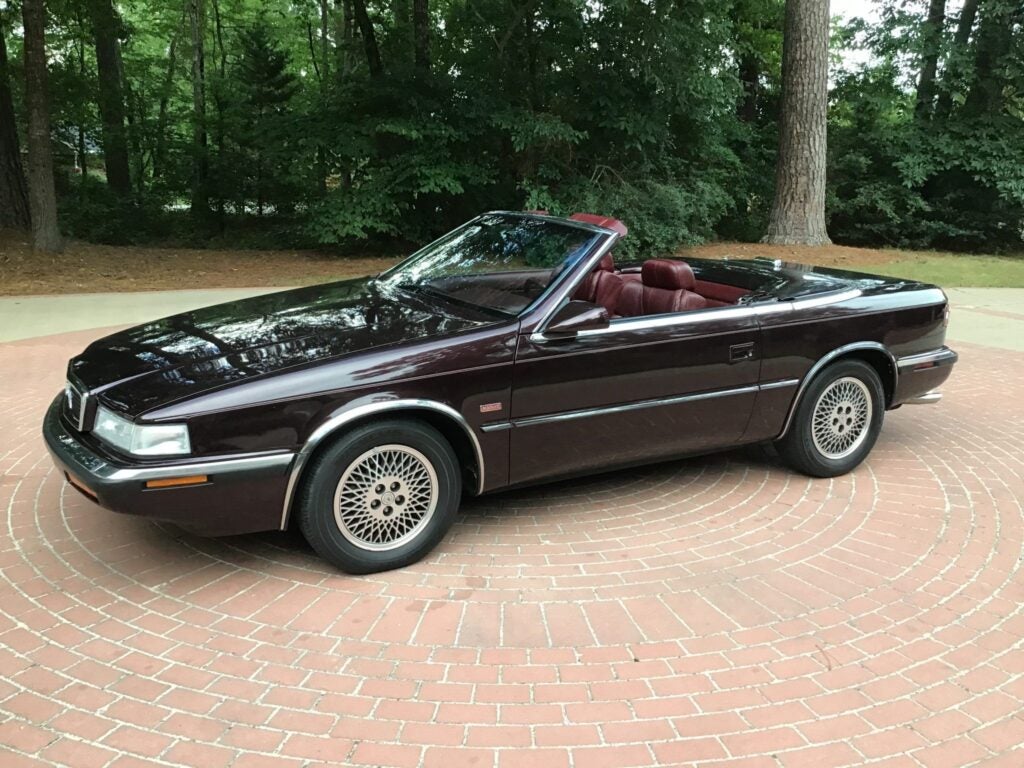
The TC did meet the halo car standard of impracticality as it was practically impossible to keep the thing running.
Even worse for the chronically struggling automaker, Chrysler, the build quality of the TC was absolutely dreadful. The engine shook from poor mountings, power steering frequently went out, headlamps and tail lights would flicker and die, the electronic gauges failed and the car generally spent more time in the repair shop than on the road.
Oh, and that headache on wheels cost an astounding $186,572 in today’s money.
After one year of production, Chrysler took the TC behind the barn and put it out of its misery.
These days, halo cars really don’t exist anymore and that is for multiple reasons.
People now view automobiles as appliances, not extensions of their own personality, and they keep their daily drivers for much longer, an average of 10 years as opposed to two. When people do buy a new car, they search the internet for the exact automobile they want and are no longer lured into the dealership to gawk at something they can’t really use and certainly can’t afford.
Also, automaker’s budgets are strained trying to continue developing EV technology and really do not have the available cash to produce low production cars.
Some might call the Tesla Cybertruck a halo vehicle, but forget the fact that Tesla does not sell through independent dealers. Besides, sorry to offend you Tesla lovers, but the darn thing looks like a toaster on wheels to me.
See you on the road!
Scott Hudson is the Senior Investigative Reporter and Editorial Page Editor for The Augusta Press. Reach him at scott@theaugustapress.com

